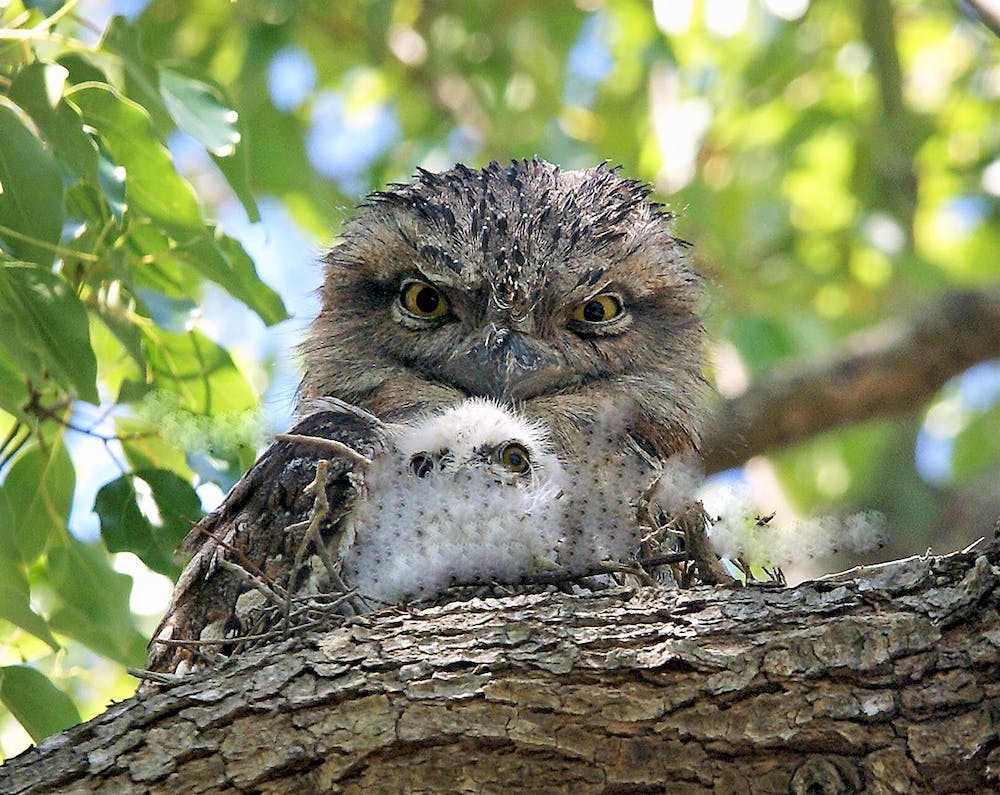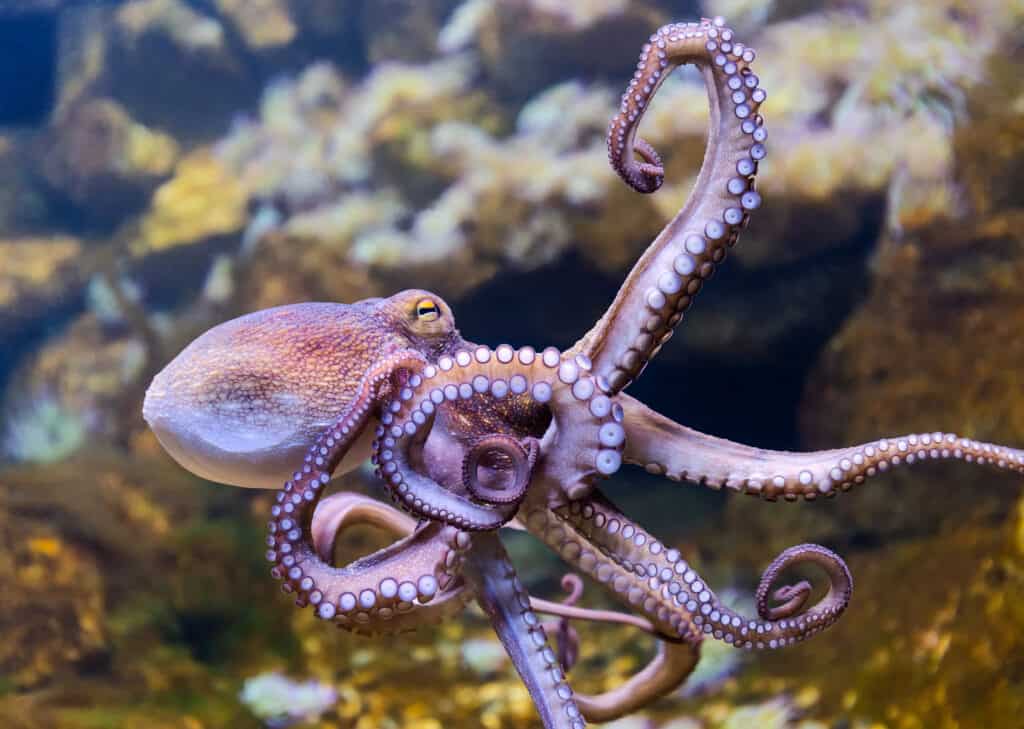Why do the Tawny Frogmouths resemble a tree branch?

Tawny Frogmouths (Podargus strigoides) are intriguing nocturnal birds native to Australia, known for their remarkable camouflage and tree-branch mimicry. The bird’s cryptic plumage aids in blending seamlessly with their surroundings, resembling a tree branch or a broken limb. This unique adaptation provides them with effective camouflage and protection against predators and prey.
While specific scientific literature might exist, in-depth studies solely focused on the mimicry of Tawny Frogmouths as a tree branch might be limited. However, through avian observations and general knowledge, we can explore the probable reasons behind this extraordinary adaptation.
Camouflage and Predator Avoidance
Scientific studies suggest that the Tawny Frogmouths’ cryptic plumage allows them to mimic a broken tree branch, offering an effective form of camouflage. This adaptation aids in concealing the bird during the daytime when they roost on tree branches, effectively evading predators and minimizing the risk of detection.
The tawny frogmouth utilizes its cryptic plumage and mimicry to cleverly camouflage itself. These birds strategically perch on low tree branches during the daytime, skillfully blending into the appearance of the tree. Their silvery-grey plumage, adorned with white, black, and brown streaks and mottles, allows them to seamlessly assimilate with the tree’s fractured branches, making them nearly invisible in the daylight.
Secrets of Tawny Frogmouths mimicry
The tree-branch-like appearance of Tawny Frogmouths helps them blend seamlessly with the natural environment, particularly trees and foliage. This adaptive plumage reduces the likelihood of being spotted by predators, while also enhancing their hunting capabilities by remaining inconspicuous to prey.
In a remarkable display of adaptation, tawny frogmouths often choose a segment of a tree branch that displays signs of damage, perching with their heads elegantly inclined upward. This unique posture, along with their large and broad beaks, aids in achieving the resemblance they seek.
Frequently, a pair of tawny frogmouths will position themselves side by side, both tilting their heads upward. Only when closely approached will they emerge from their concealed positions, either taking flight or warning potential predators.
Protection and Nesting Strategy
Studies on avian nesting behavior suggest that the resemblance of Tawny Frogmouths to a tree branch serves as a defense mechanism, providing protection for their nesting sites and young. The mimicry helps conceal the nest, minimizing the risk of detection and potential predation.
In the face of threats, adult tawny frogmouths use a distinctive alarm call as a signal to their chicks. This call instructs the young birds to remain silent and motionless, ensuring the preservation of their natural plumage camouflage. This interplay of behavior and appearance highlights the strategies employed by these birds for survival in their environment.
Mimicry as hunting strategy
Tawny Frogmouths are sit-and-wait predators, relying on their camouflage to remain inconspicuous while perched on branches or other elevated surfaces. Adopting a distinctive posture, they elongate their bodies and close their eyes, further resembling a broken branch or a part of the tree. By staying perfectly still, they become part of the landscape, evading the notice of both potential prey and predators.
When night falls, Tawny Frogmouths become active hunters, taking advantage of their excellent low-light vision. Their silent flight allows them to approach unsuspecting prey with stealth.
The combination of their exceptional camouflage and silent hunting technique enables them to ambush insects, small mammals, and even small birds. As their prey comes within striking distance, the Tawny Frogmouth swiftly seizes it with its powerful beak, making the most of the element of surprise.
This extraordinary use of camouflage not only aids in the Tawny Frogmouth’s survival by avoiding detection but also serves as a crucial tool in its predatory strategy. These birds have evolved to master the art of disguise, demonstrating how adaptations in the animal kingdom can be both fascinating and effective in the pursuit of survival and successful hunting.










